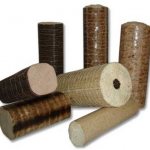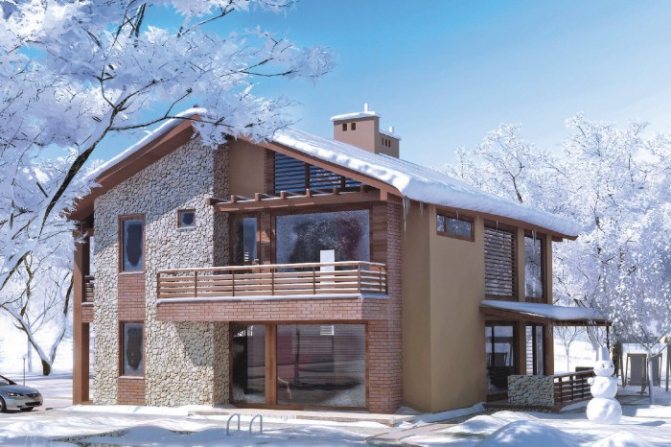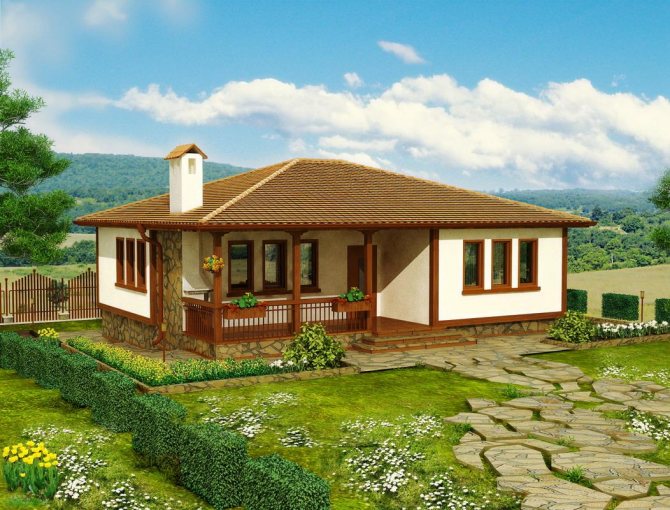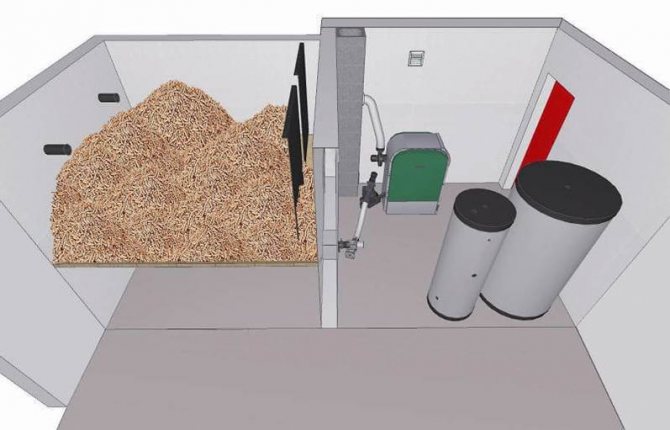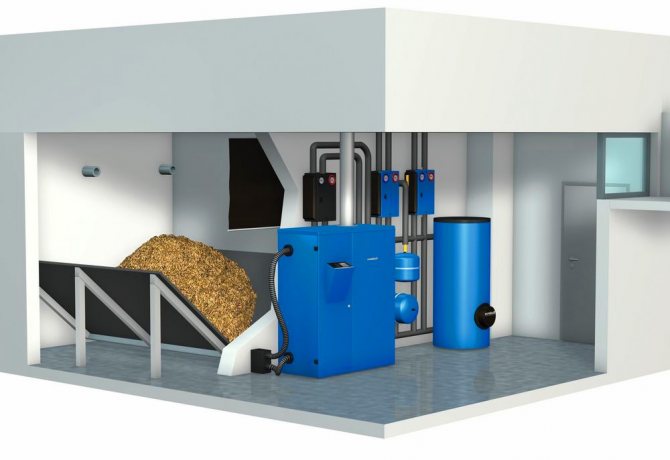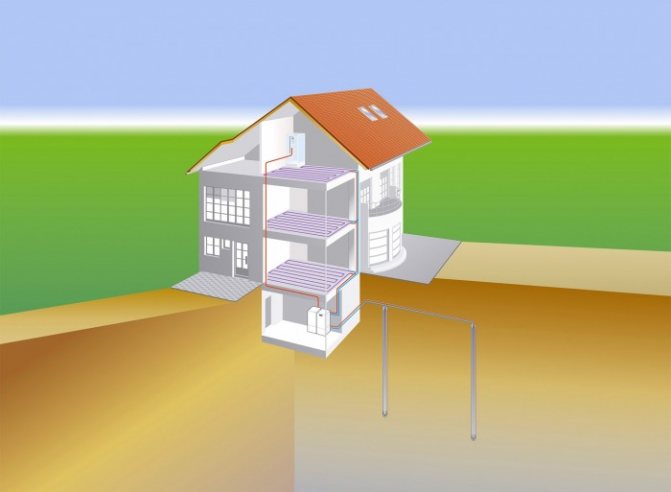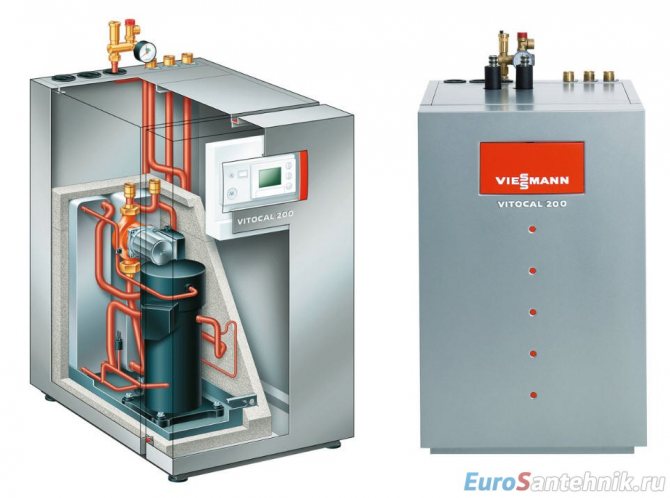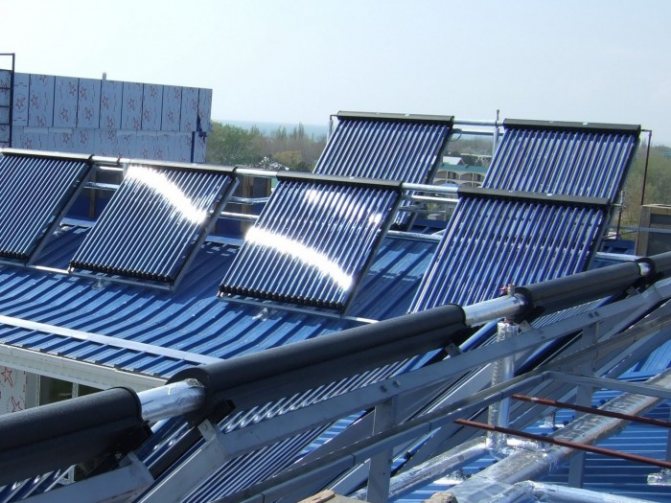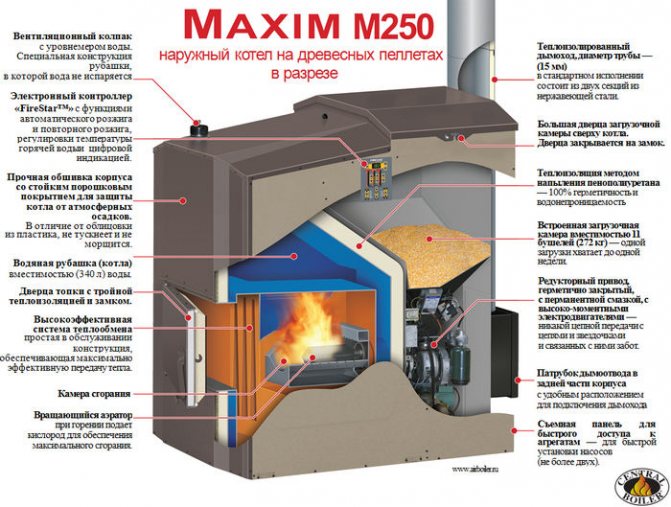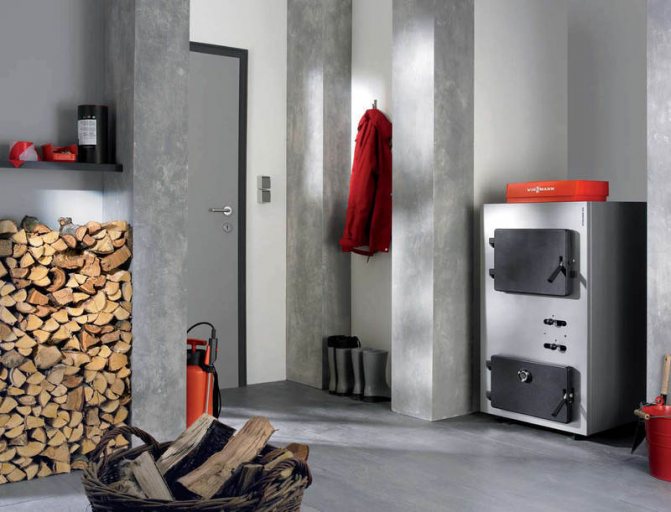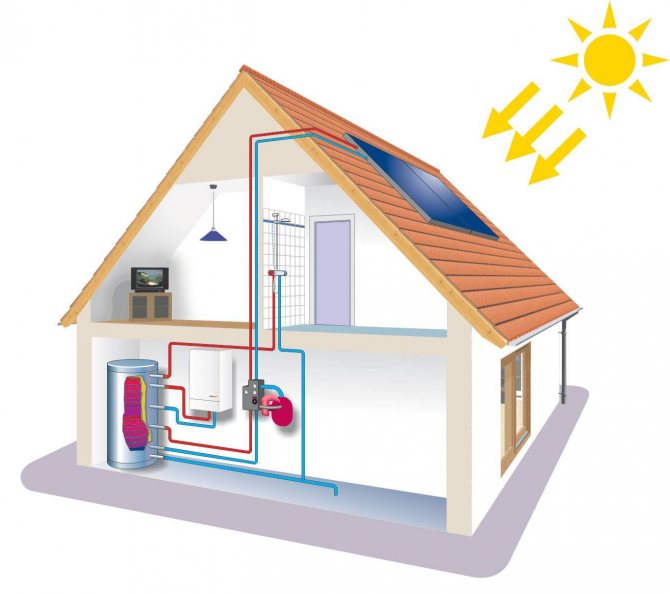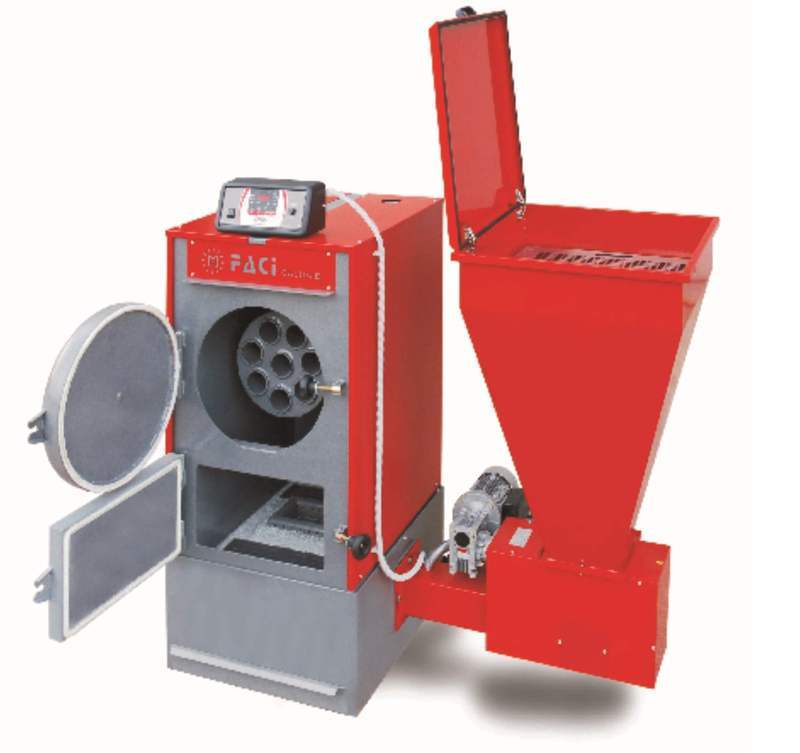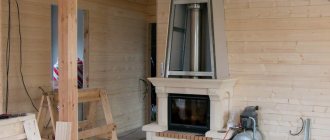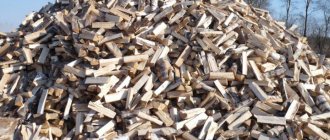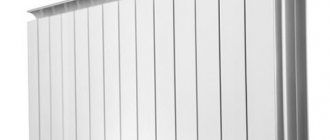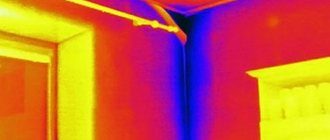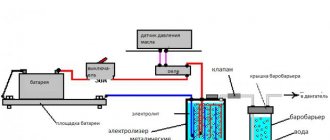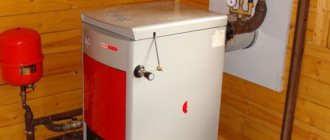Biogas boiler room.
As noted above, the basis is the preparation of biogas with its subsequent use. The enlarged composition of the equipment of such a boiler house: a fuel receiving site, biofuel mixing equipment, bioreactors, a fuel supply system for bioreactors, biogas purification systems (if required). Further, depending on the goals of the boiler room, you can install a classic gas boiler (hot water or steam). If it is necessary to generate electricity, in addition to heat, it is possible to install either a GPU, a gas turbine, or a steam turbine. A waste heat boiler is installed after the gas turbine. Such a boiler room can be installed, including near treatment facilities, for the disposal of sludge accumulations.
Biofuel boilers
If you intend to change the gas heating system to alternative heating of a private house, then there is no need to organize it from scratch. Very often, only the replacement of the boiler is required. The most popular are those boilers that run on solid fuel or electric boilers. Such boilers are not always profitable from the point of view of the cost of the heat carrier.
Particular attention should be paid to such boilers that run on biofuel. For the heating system, in the center of which there is a biofuel boiler, special pellets or briquettes are required
However, other materials can be used, such as:
- granular peat;
- chips and wood pellets;
- straw pellets.
The main disadvantage is the fact that such an alternative heating of a country house can cost much more than a gas boiler and, moreover, briquettes are quite expensive material.
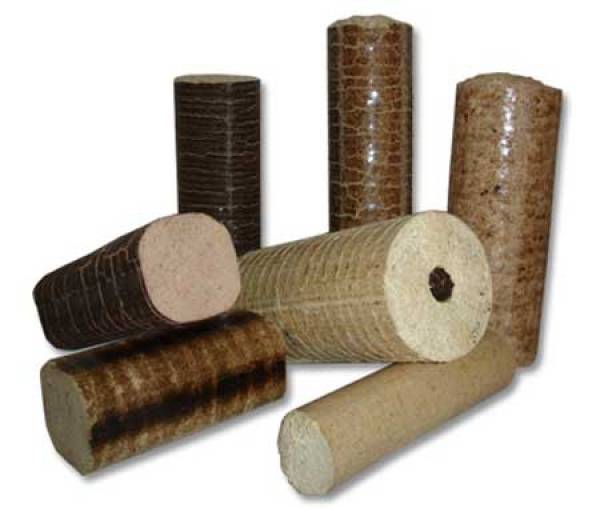
Wood briquettes for heating
A fireplace can be an excellent alternative solution for organizing such a system as an alternative home heating system. Using a fireplace, you can heat a house with a small area, but the quality of heating will largely depend on how correctly the fireplace was arranged.
Even a large house can be heated with geothermal pumps. For functioning, such alternative methods of heating a private house use the energy of water or land. Such a system can perform not only a heating function, but also work as an air conditioner. This will be most relevant in hot months, when the house needs to be cooled rather than heated. This type of heating system is environmentally friendly and does not harm the environment.
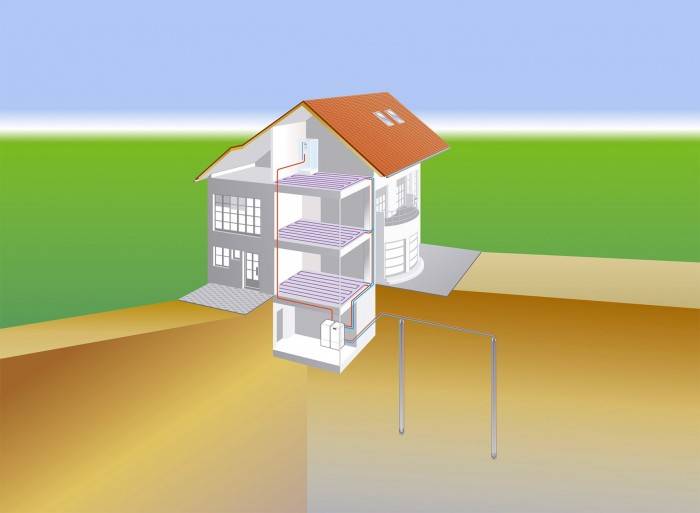

Geothermal heating of a private house
Solar alternative heating sources for a country house - collectors, are plates installed on the roof of the building. They collect solar heat and, by means of a heat carrier, transfer the accumulated energy to the boiler room. A heat exchanger is installed in the storage tank, into which heat is supplied. After this process, water is heated, which can be used not only to heat the house, but also for various household needs. Modern technologies have made it possible for such alternative types of private home heating to collect heat even in wet or cloudy weather.
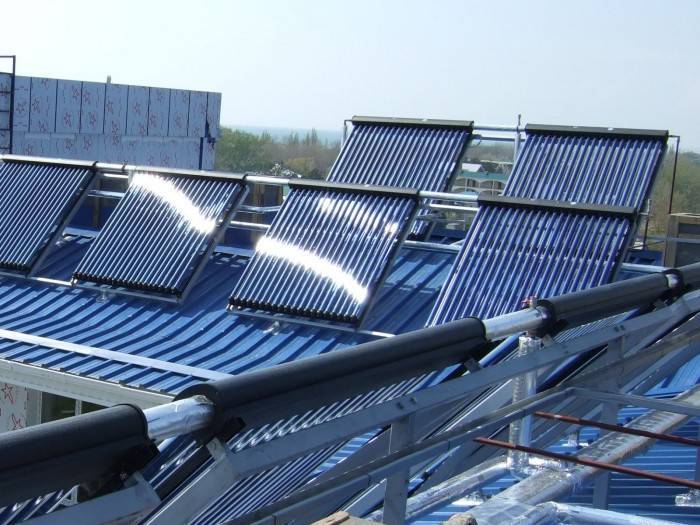

Solar collectors
However, the best effect of such heating systems can only be obtained in warmer and southerly regions.In the northern regions, such alternative heating systems of a country house are suitable for organizing an additional heating system, but not the main one.
Of course, this is not the most affordable method, but every year its popularity only grows. Alternative heating of a cottage in this way is the simplest from the point of view of science such as physics. Solar panels stand out for their expensive price category because solar cell manufacturing processes are expensive.
Generator gas boiler room.
The enlarged composition of such a boiler house: a site for receiving initial fuel, mixing equipment, drying equipment, briquetters, a gas generator. The resulting generator gas is then sent either to a gas boiler (hot water or steam) with burners adapted for this gas, or to a gas compressor unit (in the case of a gas compressor unit, a generator gas purification system is required). Currently implemented in the CIS countries are projects only based on obtaining pyrolysis during the processing of wood chips.
Warm floor and infrared heating
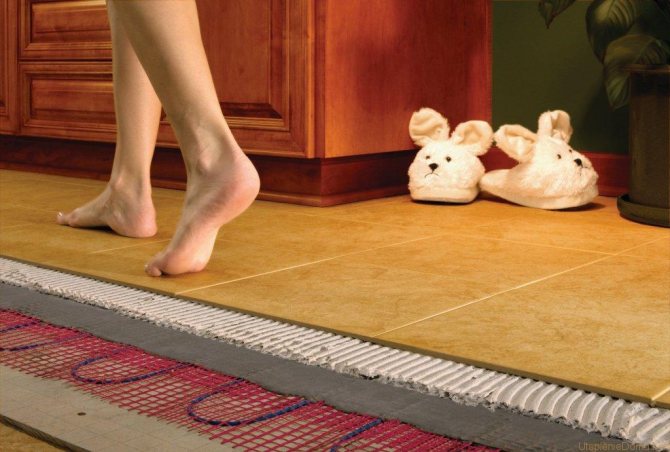

"Warm floor" - a good option for heating a private house
Alternative home heating with infrared heaters is widespread. This is due to the ease of installation and the affordable cost of the heating devices themselves. In addition, they fit well into any interior style and are compact in size.
When alternatively heating a house with the "Warm Floor" system, IR film is often used. Its flooring is made under the decorative layer of the floor. Such heating often serves as the main heating method.
Boiler house using direct combustion.
The composition of this boiler house may vary depending on the type of biofuel to be fired. So, for example, when utilizing the husk of oilseeds, the enlarged composition of the equipment can consist of: a biofuel receiving area, fuel conveyors, fuel metering bins and the boilers themselves (hot water or steam). If it is necessary to mix several types of husk or add other types of vegetable waste to the husk, equipment for mixing, drying and briquetting is installed. The following is an example of the work of Turbopar, the development of a pre-project study for the utilization of poultry manure in Ukraine in 2010.
Biofuel boiler
5.5 MW (4.7 Gcal / h),
intended for burning wood waste (bark, sawdust, wood chips) with absolute humidity up to 110%.
This is a completely Russian solution and only on domestic equipment. If you have a standard boiler room installed on fuel oil, diesel fuel or gas, with boilers DKVR, KE, DE, etc. and you have decided to build a new biofuel boiler house, then do not rush to take a step, because the service life of the boilers themselves is very significant, and under normal operation, the operation of the boiler can be extended by 10-15 years.
There are two options for modernization: to build a completely new boiler house, or to convert the existing boiler house to biofuel with the installation of a biofuel pre-furnace. Woodworking waste can be used as a fuel: wood chips, sawdust, flaw veneer, slab, pulpwood, firewood, bark, etc. The use of biofuels can significantly reduce the cost of producing a heat carrier and significantly improve the environmental situation, because woodworking waste is considered an ecological type of fuel.
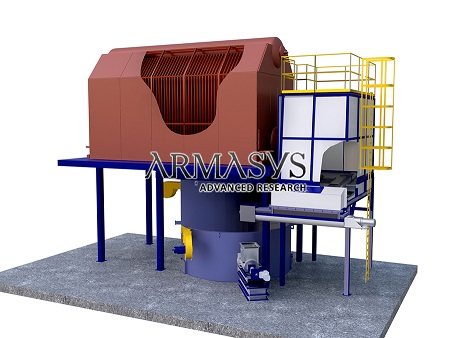

Biofuel Boiler Specifications
| Boiler efficiency: with fuel moisture 40% | not less than 80% |
| Boiler efficiency: with a fuel moisture content of 60% (absolute humidity up to 110%) | not less than 70% |
| Working load range | 30-100% |
| Flue gas temperature | not more than 220 С |
| Fuel consumption for the boiler at 50% humidity | not more than 3000 kg / h |
The main modernized element of the boiler plant is a furnace with a loading device and a raw material dosing system. This furnace is designed on the basis of the popular in Russia thermal heat generating unit TSU FT and is produced in modifications with capacities from 1.0 to 9.0 MW.
When ordering a biofuel boiler kit, the customer receives the following kit:
v boiler block (with fittings and GUV complete with economizer, ash catcher and smoke exhauster),
v pre-furnace-heat generator (complete with blowing fans, filling auger, supply hopper and auger feeder),
v auxiliary equipment for general boiler purposes,
v fuel storage with a hydraulic drive (for a daily supply of fuel) with a conveyor for loading the supply bunker,
v water treatment system (complete with circulation and feed pumps, pipelines, fittings, heat exchangers),
v Instrumentation and electrical equipment for general boiler purposes,
v power supply and boiler automation system based on a control controller with a computer point for collecting and processing information.
Brief description of technology:
The combustion of wood waste is carried out in the pre-furnace-heat generator of the boiler. The retort-type pre-furnace is a cylindrical metal structure lined from the inside and equipped with an "air jacket", installed directly under the boiler combustion chamber. To accommodate the pre-furnace-heat generator, the boiler unit is installed on its own supports at a height of at least 3 m above the zero mark.
Wet wood fuel is fed by the filling auger into the lower part of the pre-furnace (retort) under the burning bed from the supply hopper with a "live bottom", which is part of the feeder installed under the hopper. Air is pumped by two separate fans through the “air jacket” of the pre-furnace under the fuel layer and into the above-layer space, which ensures uniform heating of the layer and complete combustion of solid particles and combustible gases in the chamber volume.
The fuel is fed into the supply hopper by a scraper conveyor from a mechanized stoker-type warehouse (with a moving floor on pushers with hydraulic cylinders), located under a canopy.
The power supply, automatic regulation and control system is developed on the basis of a microprocessor (control controller) and provides power supply to auger drives, motors and actuators of fans and a smoke exhauster, regulation of fuel and air supply by temperature in the boiler and regulation of vacuum in the furnace. The system includes all necessary electrical protections, interlocks and instrumentation.
Sparks are extinguished and flue gases are cleaned in an ash collector installed in front of the smoke exhauster. A shock wave generator (SHG) is used to clean the heating surfaces of boilers.
COMPLETED PROJECTS
| 1 | DKVR-6,5-24 boiler with FT-5K pre-heater (5 MW) | Verkhne-Dvinsk, Belarus |
| 2 | Boiler E-1-9, with pre-furnace FT-1K (1 MW) | Onega city, Arkhangelsk region (dismantled) |
| 3 | Boiler E-10-14, with pre-furnace FT-7K (7 MW) | Nizhny Lomov, Penza region |
How the disposal of chicken manure was chosen. Brief description of the project.
The customer set the following task: a large poultry farm needed to utilize up to 200 tons of litter manure per day, with the receipt of heat and electricity. The mini-CHP works around the clock and all year round. There are no such projects on the territory of the CIS countries. The bottleneck in this project is the processing of the original biomass (litter manure), since its moisture fluctuates depending on the season. By itself, the type of fuel obtained from this biomass has an average heating value and contains many harmful substances.Various options for the preparation of fuel for subsequent supply to the boiler were considered - from direct supply to the furnace to the dust combustion method (conversion of the initial fuel into fine dust with higher combustion properties, followed by the supply of this pulverized fuel to special furnaces in boilers). As a result, the following option was preliminarily adopted: - a primary fuel storage is installed with a fuel supply for 7 days of continuous operation of the CHP, - after that, equipment for mixing with other types of biofuels is installed, - drying equipment, - grinding to the required particle size - and feeding into bunkers - dispensers in front of boilers. Further, the feed from the metering hoppers is carried out directly into the steam boilers. After the boilers, one or two steam turbines of the condensing type with controlled steam flows are installed. The steam from the extraction is sent to the own needs of the boiler house (to the fuel drying section), and the poultry complex. Electric energy is used for the own needs of the poultry plant. Remains of unused electrical energy are transferred to the national power grid. Also, this mini-CHP, in addition to electrical and thermal energy, will provide a by-product of high-quality fertilizer (ash is a product of biomass combustion), which will be used either for its own needs or sold on the fertilizer market (a fertilizer packing area is provided). It deliberately does not disclose methods of utilizing flue gases of mini-CHP and a detailed description of equipment systems. Let's just say that during the implementation of the project, the enterprise will generate about 144 MW of electricity per day, the same amount of heat. The payback period for this project, taking into account all investments, will be three years. The architectural part of the project is in progress Disposal of chicken droppings.
steam boilers, hot water boilers, design of treatment facilities
Boiler device
Solid fuel pellet boilers are stationary equipment with a universal installation method. Such heat sources can have a capacity of fifteen kilowatts and up to a couple of megawatts..
In our photo and video gallery there is information about such equipment and, if you wish, you can familiarize yourself with it.
Such a heat generator consists of:
- Steel structure;
- Connecting body parts;
- Furnaces;
- Burners;
- Chimney;
- Fuel bunkers;
- Furnaces.
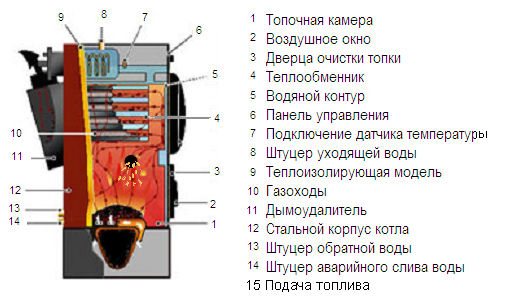

Equipment device
Burning fuel produces hot flue gases. Leaving the furnace, they flow around the convective heating areas of the boiler (heat exchanger), transferring almost all the heat to it by convection. Due to the well-developed design, such a boiler has a high efficiency (at least eighty-five percent).
Instructions for the device indicate the technical characteristics of the purchased boiler.
In most cases, the heat exchanger is made of steel or cast iron, but it can also be made of copper or aluminum. Cast iron does not corrode, but it is heavy.
Steel, although it has a smaller weight, but over time it rusts and breaks down. Non-ferrous heat exchangers are good, but expensive.
In order to improve performance and at the same time not raise the cost of products, manufacturers add anti-corrosion components to steel.
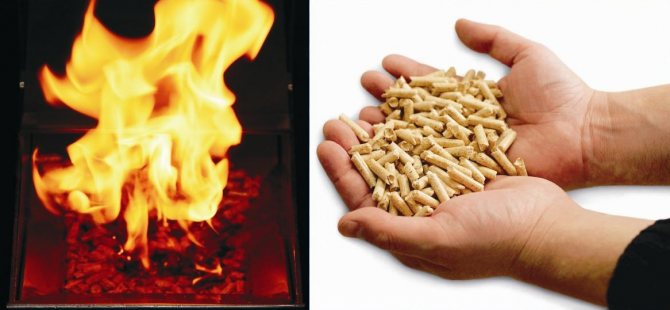

Biofuels
Pellet heating boilers are characterized by the following properties:
- intended for various types of heating, both huge buildings and individual small houses;
- the temperature of the coolant reaches only ninety-five degrees Celsius;
- the pressure can be up to 2.5 bar;
- the amount of air that enters the heat generator is fully automatic;
- high strength characteristics of parts and cladding;
- simplicity of equipment;
- the composition of flue gases is completely safe and not harmful to humans.
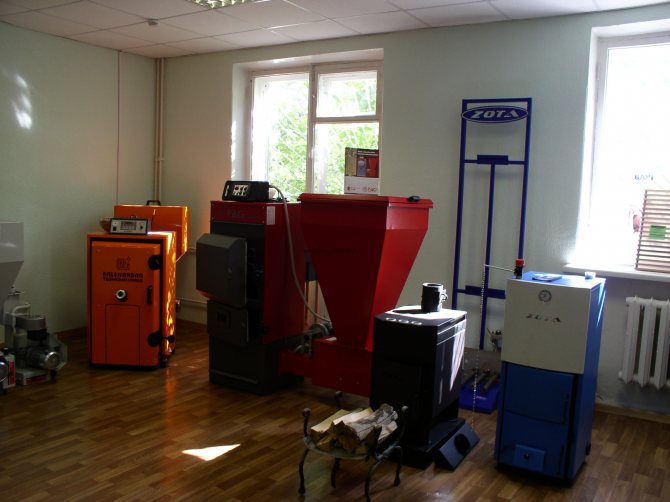

Wide range of boilers

